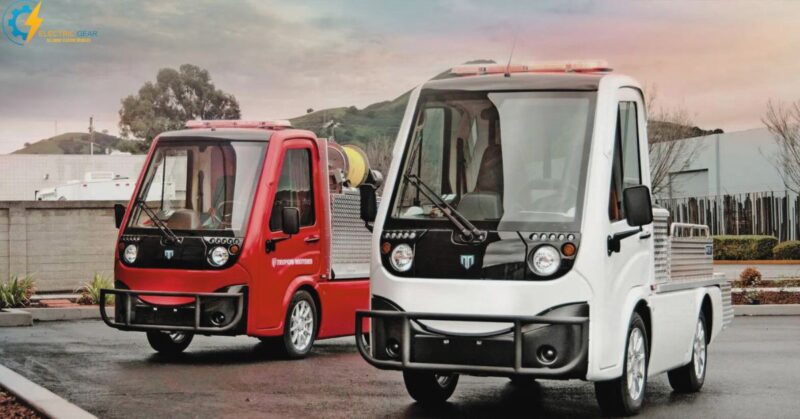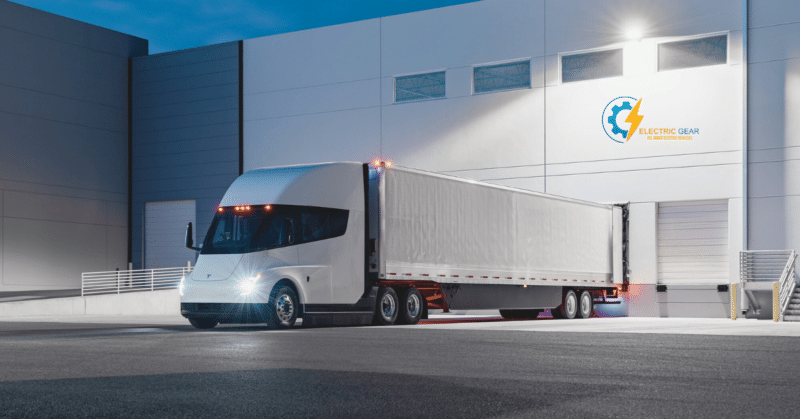All Tesla electric cars have a “fixed-ratio gearbox,” or “one-speed” transmission. This gearbox enables a more compact and economical engine design than conventional gasoline-powered vehicles, which need many gears to handle varying speeds and power outputs.
Without the need for a sophisticated gearbox, the electric motor in a Tesla can provide a broad range of torque and power at varying speeds. A further simplification of the powertrain is achieved by using regenerative braking in Tesla automobiles.
What is a Transmission?
A gearbox facilitates gears in a regular automobile beneath the hood. Most modern automobiles have at least five gears, allowing you to accelerate quickly and coast smoothly.
It takes longer to get going in higher gears (such as 4th, 5th, 6th, and such.), but they can handle significantly more stress, and these top gears are best suited for higher speeds.
Smaller gears (such as 1st, 2nd, and 3rd ) are great at accelerating quickly, but they’re not suited for higher speeds.
A gearbox is set together using a sequence of increasingly massive gears. The gearbox automatically chooses the most appropriate gear for the current speed and acceleration.
Your car’s transmission will shift into higher gears as your speed increases. With a manual gearbox, it’s up to the driver to decide when to shift gears.
Does Tesla Have Transmissions?
Does Tesla have transmissions? It is a query frequently asked about by Tesla EV aspirants. Tesla vehicles don’t have a standard transmission because their electric motors can generate near-instantaneous torque —unlike internal combustion engines —necessary for fast acceleration from a standstill position.
Tesla electric vehicles have transmission gearboxes but function differently from those of a typical gas-powered automobile.
Tesla Transmission
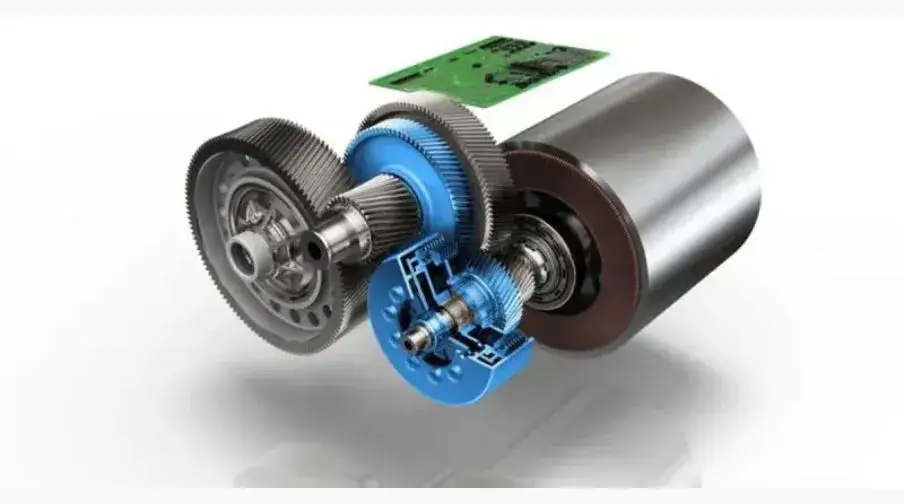
Unlike internal combustion engines, which only create torque in a narrow range of speeds and need a gearbox, electric motors generate all their torque (necessary for acceleration) at extremely low speeds.
Vehicles powered by combustion engines often include a gearbox with many gear ratios. Due to the increased speed, decreased torque, and increased power provided by Tesla‘s electric motors, the Model-3 can accelerate from 0 to 60 mph in under 3.2 seconds.
The Tesla Model-3 is among the most exciting electric vehicles in the premium automotive market. How do Tesla gearboxes deal with the power of an electric motor? Since they don’t need more, Tesla vehicles feature a single gear and a single-speed automatic gearbox.
What Gearbox Does Tesla Use?
1-speed automatic transmission
Since a Tesla only needs one gear, the company’s vehicles only have a single-speed automatic gearbox.
Why Doesn’t Tesla Have a Transmission?
This is because the Tesla Electric vehicles do not need a traditional gearbox. They are very dependable because they use an electric motor with adequate torque for beginning acceleration, and that motor constantly provides such torque within a restricted range of RPM.
Gasoline engines need a transmission with specific gear ratios. For this reason, we may omit the transmission phase in EVs. Tesla subsequently abandoned the two-speed gearbox that was standard on the first-generation Roadster due to issues with the high torque of the electric motor system.
Do Electric Cars Need Transmission Fluid
Tesla Transmission Oil
The requirement for engine oil, coolant, power steering, brake, and transmission fluid is common knowledge among gasoline and diesel vehicle owners. Whereas, Teslas do not need oil or oil changes. However, full synthetic oil is still necessary for an all-electric vehicle‘s gearbox or drive system.
In contrast to conventional motor oil, Tesla’s synthetic oil doesn’t degrade over time due to fewer moving parts. Thus it’s not necessary to replenish it.
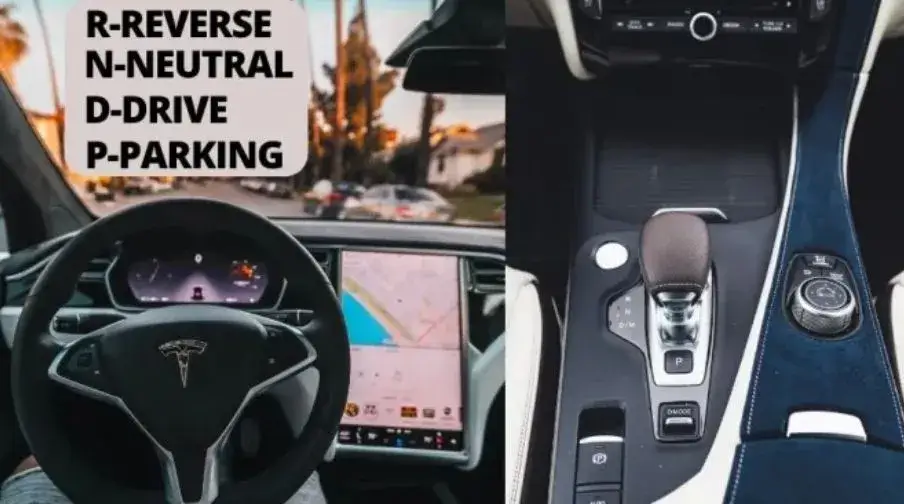
Transmission fluid is similar to engine oil in lubricating the transmission’s functional elements.
It’s common knowledge that a car requires engine oil, coolant, power steering, brake, and transmission. However, electric vehicle owners seldom consider replacing these fluids beyond most EVs’ standard coolant and windscreen washers.
Oil changes, fuel filters, spark plug replacements, and emission checks are unnecessary for Tesla vehicles and all other EVs as they are only reserved for gasoline-powered automobiles.
Tesla Model 3 Transmission
The Model 3 has a very simple design since it lacks a conventional engine. The batteries are installed in a single, low sheet beneath the cabin in a configuration similar to the one used by Tesla on the Model S, giving the vehicle a “skateboard” look.
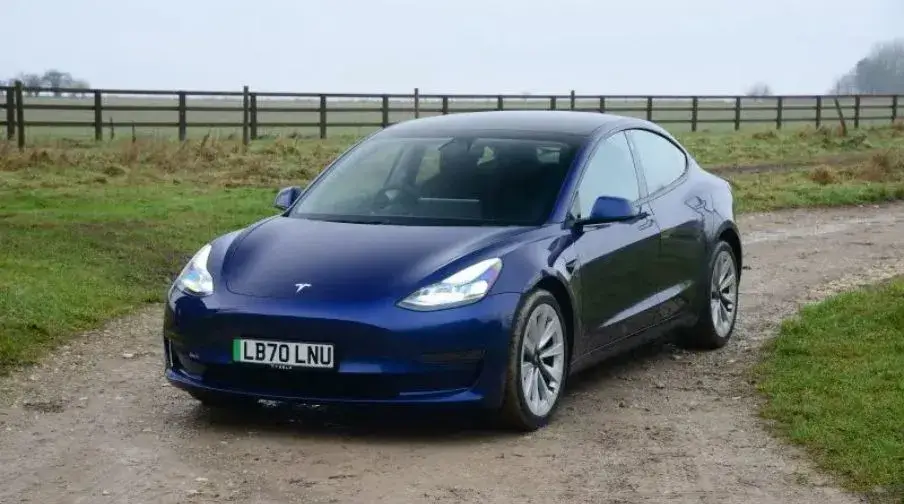
All versions have a drivetrain between the back tyres and power the rear wheels. Dual-motor variants add a second motor to the front axle to boost acceleration and traction.
The technological packing of an electric powertrain necessitates a different architecture for both multi-link suspensions than is typically used.
Does The Tesla Model 3 Have a Gearbox?
The Porsche Taycan features a multi-gear gearbox, but the Model 3’s American roots mean high-speed cruising hasn’t been valued as much. Model 3 Performance has tack mode.
Transmission
- Type: Fixed single-speed gear
- Gearbox Ratio: 9:1
Tesla Model S Transmission
The Tesla Model S doesn’t have a gearbox with numerous ratios and a selector since it doesn’t have an engine. Instead, a reduction gear transfers high electric motor speeds to wheel speeds.
No transmission is needed since the motors have sufficient torque at any speed and can run at a larger speed range than internal combustion engines.
Each Model S includes two electric motors, one on the back axle and one on the front, for all-wheel drive. The Performance model’s two motors provide 592bhp, explaining its acceleration.
Tesla Model X Transmission System
There are no traditional gears or gearboxes in the basic Tesla Model X; all-wheel drive is provided by two electric motors, one mounted at each axle.
Transmission
| Transmission | Model X | Model X Plaid |
| Type | Fixed single-speed gear | Fixed single-speed gear |
| Final Drive Overall Ratio | 7.56:1 front motor 9.04:1 rear motor | 7.56:1 front motor 7.56:1 rear motor |
| Reverse Gear Speed | The motor’s reverse speed is 15 mph (24 km/h). | 15 mph (24 km/h) is the motor’s reverse speed. |
Conclusion
Tesla cars don’t have standard transmissions because their electric motors and single-speed gear reduction systems give them enough power and economy without the need for many gears.
This new design for the drivetrain has many benefits, such as better speed, less maintenance, higher efficiency, and a better driving experience overall. When you understand these differences, you can see why Tesla’s way of designing cars is both new and good for drivers.

Imran is an experienced content writer who crafts engaging and informative articles for a variety of industries. With a keen eye for detail and a passion for storytelling, Imran delivers high-quality content that resonates with readers. Whether he’s writing blog posts, social media content, or website copy, Imran is committed to delivering compelling content that drives results.




